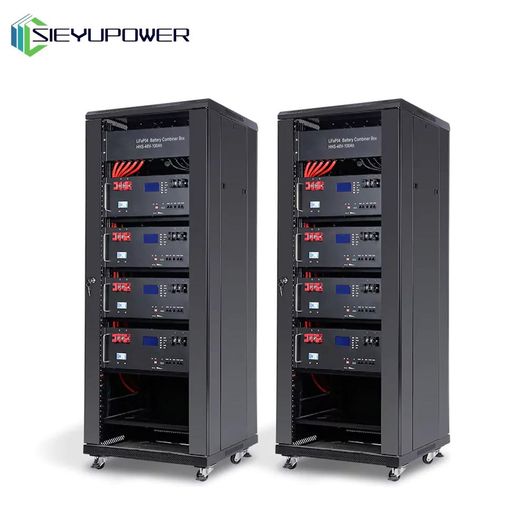If you are considering purchasing a lithium iron phosphate battery for your home energy storage needs, there are many factors to consider. These factors include cost, safety, environmental impact and life cycle. Read this article to learn more. Here are some of the benefits of lithium iron phosphate batteries.
The life cycle
The life cycle of a lithium iron phosphate battery for home energy use is relatively short, as it only performs about 300 cycles per year. It also performs well when combined with renewable energy sources like solar panels or wind turbines. Batteries are typically disconnected from the grid after 10 or 20 years, depending on the model, and then recycled or disassembled. However, it is important to note that the impact of the recycling process is not included in the battery life cycle assessment.
Lithium iron phosphate batteries have a high discharge rate and are very durable. This means it can handle multiple devices at the same time. The battery is also easy to replace and requires little maintenance. Their longevity depends on how many charge cycles they can handle at a good depth of charge.
There are various factors to consider in the life cycle of a lithium iron phosphate battery for household energy. This includes the replacement of battery components, power loss during charging/discharging, the handling and use phases of the EoL.

Impact on the environment
The environmental footprint of lithium iron phosphate (LiFePO4) batteries for home energy storage can be measured in a number of ways. Most important is the contribution of the use phase to climate change. Since the use phase is the only input in the LIB life cycle, it is the most important contributor to climate change. The most important source of emissions at this stage is electricity, which is affected by local conditions. Lowering this factor should reduce the impact of climate change.
The environmental impact of a battery is affected by how long it is used. The shorter the battery life, the higher the demand for non-renewable energy and the higher the greenhouse gas emissions. Longer battery life reduces environmental impact, reducing total energy demand and greenhouse gas emissions by 6% and 7%, respectively. Therefore, lithium iron phosphate batteries are an efficient home energy storage option.
The environmental impact of lithium iron phosphate batteries: Lithium iron phosphate batteries release a lot of energy into the air when they burn. This could result in fire or explosion. Batteries can also emit gases such as hydrogen, carbon dioxide, methane and cyanide. Finally, the batteries are located in floodplains where heavy rain could cause them to flood.
Safety
LiFePO4 batteries are very stable and have a long shelf life. They are not as volatile as NMC batteries and ignite almost immediately after charging. The choice of battery packs for the home energy storage market should take into account both safety and performance. In the U.S., LG Chem and Tesla dominate the home battery market. The companies use a chemistry called lithium nickel manganese cobalt oxide (Li-NMC) in their batteries. But the chemical has been linked to many safety concerns, such as explosions and fires.
Lithium iron phosphate has excellent chemical and thermal stability. Keeps cool even in high heat. It’s also non-flammable, which means it won’t experience thermal runaway. That is, even if it is overcharged or overheated, the cathode of the battery will not burn or explode. On the downside, lithium-ion batteries produce high energy density, which can lead to overcharging and overheating.
Although the cell density of lithium iron phosphate batteries is lower than that of lithium-ion batteries, the stability is significantly higher. Therefore, they can handle higher voltages without overheating.


